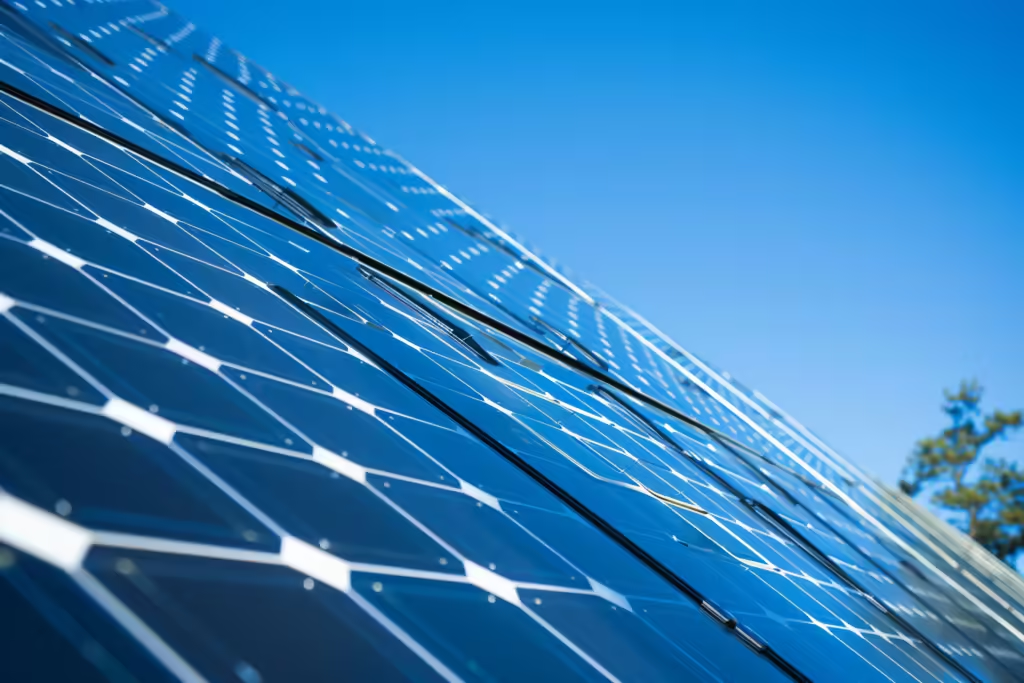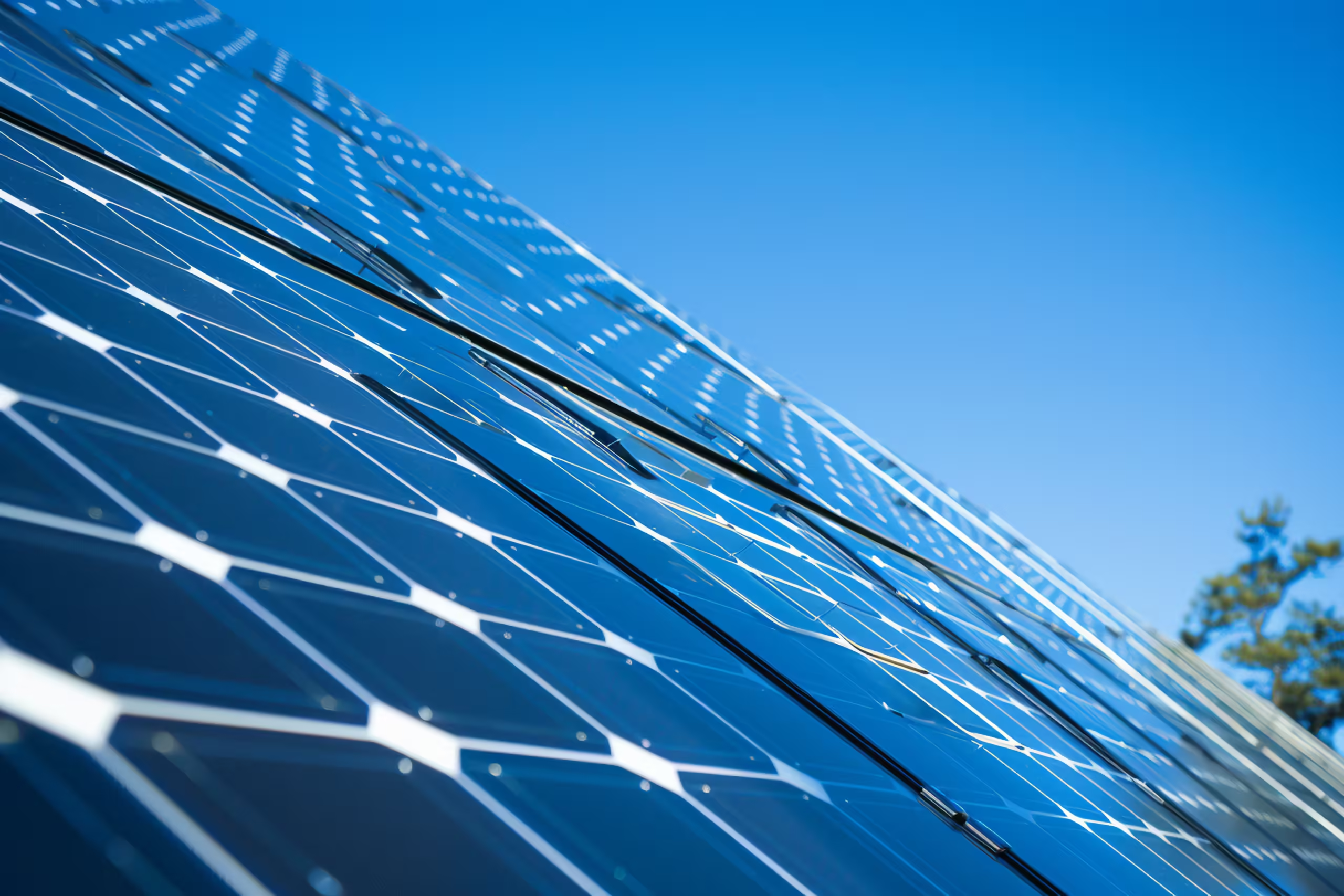Photovoltaics, often referred to as PV technology, is a method of converting sunlight directly into electricity. This process occurs through solar cells, typically made from materials like silicon, that capture and convert sunlight into a steady power source. PV technology has come a long way since its discovery in the mid-20th century and is now a crucial player in the transition to clean, renewable energy. As demand for sustainable solutions rises, so does the need for more efficient, cost-effective PV technology.
How Photovoltaics Work
The way photovoltaic technology operates is by using solar energy. When sunlight hits a solar cell, it excites electrons in the material, creating an electric current. This direct current (DC) is then converted into alternating current (AC) for use in homes and businesses. With simple installations and low maintenance requirements, photovoltaics have become popular for residential and commercial use. As technology advances, PV systems are becoming more efficient and easier to integrate into our daily lives.
The Evolution of Photovoltaics
The journey of photovoltaics began with the basic silicon cell in the 1950s, where efficiency was low, and costs were high. Over the years, technological improvements have enhanced both the affordability and effectiveness of solar cells. Today, we’re seeing breakthroughs in materials, designs, and applications. Modern PV systems have evolved to include flexible panels, transparent solar films, and high-efficiency cells that work in low-light conditions. This evolution has made solar energy accessible to millions worldwide.
Top Innovations in Photovoltaic Technology
The solar industry is constantly innovating. Key trends in photovoltaic technology include tandem cells, advanced materials like perovskites, and bifacial panels. These advancements aim to boost the efficiency of solar energy systems while reducing costs. Innovations in PV technology also focus on extending the lifespan of solar cells and making them more adaptable for a range of environments—from rooftops to floating solar farms.

High-Efficiency Photovoltaics
High-efficiency photovoltaics are a major focus in solar technology research. Traditional silicon solar cells have efficiency limits, typically around 20-22%. However, new materials like perovskite and tandem cells are pushing these limits even further, achieving efficiencies over 30% in laboratory settings. These materials allow PV systems to capture more sunlight, resulting in higher energy output without increasing the installation size. With ongoing research, high-efficiency PV could become the industry standard.
Bifacial Photovoltaic Panels
Unlike conventional photovoltaic panels, which only capture sunlight on one side, bifacial panels capture sunlight from both sides. These panels are particularly effective in areas with reflective surfaces, such as snowy fields or water bodies. By capturing sunlight from multiple angles, bifacial panels can generate up to 25% more energy than traditional models. This innovative approach is perfect for utility-scale solar farms, maximizing energy production in a given space.
Floating Photovoltaic Systems
Floating photovoltaic (FPV) systems are an innovative approach to using bodies of water for solar energy production. By placing PV panels on reservoirs, lakes, or even coastal areas, FPV systems provide an alternative to land-based installations, which are often limited by space.
Because water has a cooling effect, floating solar farms can also lower water evaporation and increase panel efficiency. This approach is particularly valuable in regions with limited land but ample water resources.
The Role of Photovoltaics
In order to supply electricity to isolated and off-grid locations, photovoltaics are essential. Solar power offers an independent energy source that is reliable, even in regions without access to traditional power grids. PV systems are particularly beneficial in developing countries and rural areas, where they can provide essential power for homes, schools, and healthcare facilities. The ease of deploying and maintaining PV technology makes it an ideal solution for expanding energy access globally.
Challenges and Limitations
While photovoltaics are advancing rapidly, they still face some challenges. Efficiency in energy conversion remains a hurdle, especially with lower sunlight hours in certain regions. Manufacturing processes can also be resource-intensive, raising concerns about the environmental impact. Furthermore, the initial cost of installation can be a barrier for some. However, ongoing research and government incentives are helping to address these challenges and make photovoltaics more accessible and sustainable.
The Future of Photovoltaics
The future of photovoltaics is incredibly promising, with continued innovation and investment driving the industry forward. Key trends include hybrid solar systems, increased efficiency through material science, and AI-based solar monitoring. As technology advances, PV systems will likely become even more efficient, affordable, and adaptable, paving the way for widespread adoption in residential, commercial, and industrial sectors.
Photovoltaics for Homeowners
For homeowners, installing photovoltaics can reduce energy bills, increase property value, and lower their carbon footprint. Installing solar is becoming more inexpensive thanks to numerous government incentives and tax credits. However, homeowners should consider factors like roof suitability, local climate, and installation costs before investing in PV systems. For those ready to make the switch, photovoltaics offer a smart, long-term investment in clean energy.
What to Expect
In the coming decade, we can expect photovoltaics to become more integrated, efficient, and affordable. Breakthroughs in materials like perovskite and tandem cells will push efficiency limits, while AI and IoT integration will optimize solar energy usage.
The expansion of floating and building-integrated PV systems will bring solar power to new environments. With these advances, photovoltaics will play a central role in shaping a cleaner, more sustainable energy future.
The Impact of Photovoltaics on the Renewable Energy
Photovoltaics are undeniably shaping the future of renewable energy. With ongoing innovation, they are becoming more efficient, versatile, and accessible. From urban centers to rural areas, PV technology offers a path to sustainable energy that benefits people and the planet alike. As these advancements continue, photovoltaics will remain a crucial tool in the fight against climate change and a driving force toward a greener, more resilient world.

